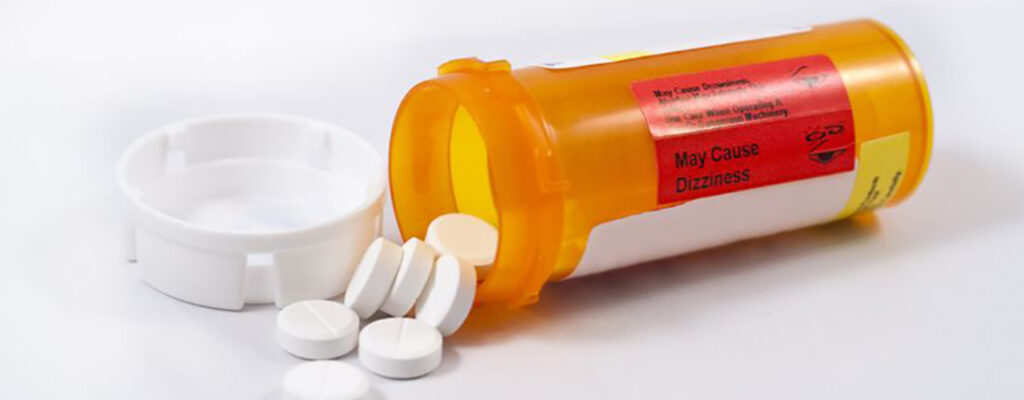Why You Should Try Physical Therapy Before Pain Medication


Practice Promotions
PT, DPT, CMTPT, VRC, PDNC
Chief Executive Officer
Relieving Headaches With Physical Therapy
Pain is complicated. It can have multiple, overlapping contributing causes. Sometimes it is easy to explain and treat; sometimes it isn’t. Sometimes it goes away after a few days; sometimes it doesn’t. If you’re dealing with pain, you want answers. Will it ever go away? What can I do to lessen its effects?
Before we continue further, we need to remind you that every situation is different. If you’re experiencing new or worsening pain, consult with a physician. Don’t ignore mysterious or worsening pain, which could be a warning sign of a serious condition.
Physical therapy and pain medication are two approaches doctors use to treat ongoing pain that isn’t easily treatable. Both approaches have value, but we’re convinced you should try physical therapy first. Here’s why.
Relieving Headaches With Physical Therapy
Physical therapy is a powerful tool—but it’s hard work, too. Here are three ways physical therapy can help to reduce pain.
Increases Muscle Tone
One of the overlapping causes of pain is muscle weakness and atrophy. Today’s sedentary lifestyle makes it hard to stay fit and easy to get out of shape. Loss of muscle (and, let’s be honest, the addition of fat) puts extra stress on joints, tendons, and ligaments. Physical therapy includes specific exercises to increase strength, flexibility, range of motion and endurance and decrease pain.
After an accident or surgery, pain medication is often necessary. But sometimes pain lingers longer than it should. Physical therapy can improve recovery times by accelerating the process of regaining strength and ability. In the process, many patients experience a reduction in pain levels more quickly.
The Downsides of Pain Medication
Pain medications are powerful substances. They do a great job at masking pain, and sometimes that’s what patients need. But they have some real downsides, too.
Addiction
You don’t have to look far to learn that we’re in the midst of an opioid abuse epidemic in this country. These substances are powerful, and they can be powerfully addictive. That’s why we recommend trying a non-addictive treatment like physical therapy first. Use addictive pain medications as a last resort, not as a first step.
Masking Symptoms vs. Dealing with the Cause
Pain medication never fixes the problem. It simply masks the symptoms. If there’s any hope to fix the problem causing the pain, explore that option before turning to pain meds.
Conclusion: Physical Therapy Is the Right First Choice
For many people, physical therapy is the right place to start when dealing with ongoing pain, especially musculoskeletal pain. It can often address the root cause behind the pain (such as muscle weakness or lack of range of motion) or speed along the recovery process after a traumatic event. And it has none of the negatives associated with pain medication.
Ask your doctor whether physical therapy might alleviate the pain you’re dealing with. If so, contact us today to learn more.
